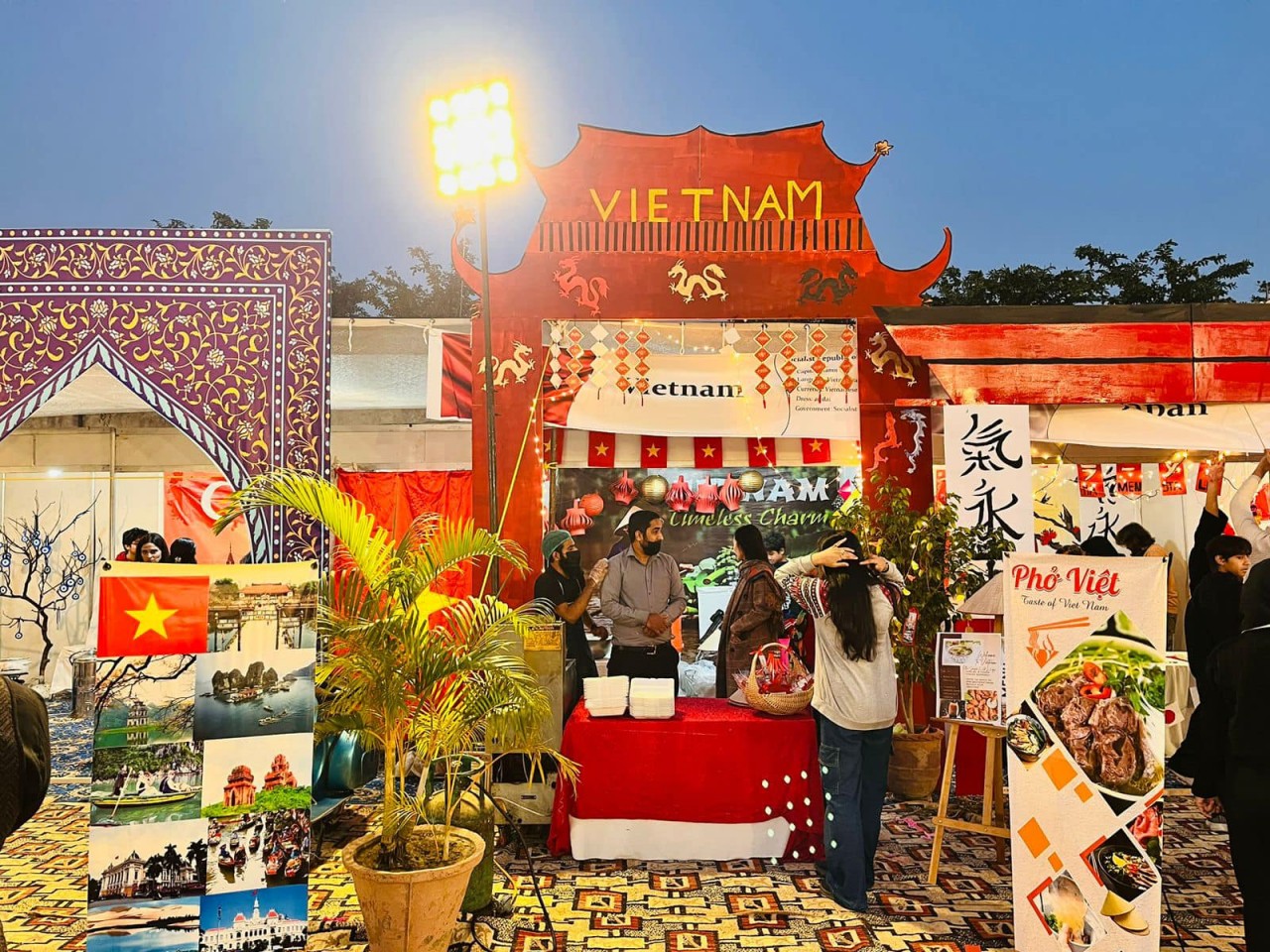Foreigner's Perspective on Vietnam's Best Street Cuisine
Vietnam is one of the places with the best street food in the world, according to a review from Lonely Planet. Here is the perspective of international culinary and tourism experts to answer the question: "Why is street food so popular in Vietnam?".
Would you want to try some grilled corn with green onion oil or a steaming bowl of wonton noodle soup, washed down with a glass of ice-cold sugar cane and kumquat juice? Welcome to Vietnam's culinary delights paradise.
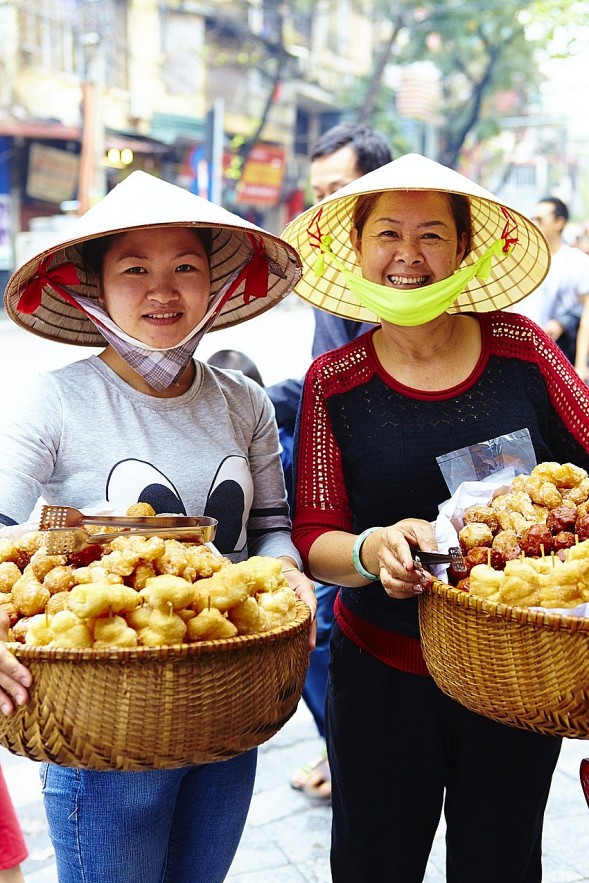 |
| Hanoi Old Quarter area is one of the famous places for delicious and rich street food. Photo: Lonely Planet |
Why is street food so popular in Vietnam?
The first factor stems from the long history of urban dwellers. Particularly in large cities, street dwellings are typically small, narrow, and cramped. As a result, people do not have enough space to welcome and eat with guests that visit their homes. Instead, they crowded together on the sidewalk tables of street food shops, leading each other out.
In addition, those who travel to big cities to live and work have a transitory residence. These individuals frequently rent modest rooms. Many people who live alone have developed a small practice of cooking for themselves or simply preparing basic culinary utensils. Instead, they dine at sidewalk restaurants, which are inexpensive but wonderful.
| "Vietnam is one of the world’s best street-food destinations, offering the promise of bold and diverse flavors without ever stepping foot inside a restaurant," according to Lonely Planet. |
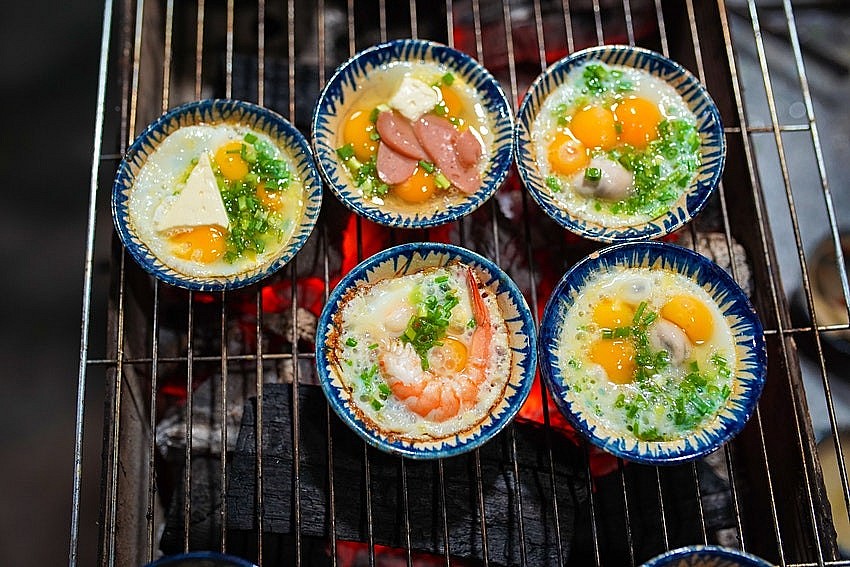 |
| Bánh căn is often served with shredded mango and fish sauce Photo: Getty Images |
Then there's the transient nature of Vietnam's major cities, which attract people from the countryside for jobs and school. These city inhabitants frequently rent rooms and residences and may have only the bare necessities – a portable gas stove is better suited to late-night instant noodles than entire dinners.
Another explanation for the locals' enjoyment of street food is that most residences do not have air conditioning, so it makes sense to postpone cooking in a hot kitchen on an even hotter day when you can simply pay someone else to do the task for a little more money. As the evenings grow cooler, hopping on your motorcycle and going for a ride has become a favorite hobby. Around this time, they often stop for a snack, cold drink, or a beer to cool off.
A peculiarity of street food is that diners are compelled to sit next to each other, whether they are alone or with a group of friends, and the proprietor only needs to travel a few steps to present the meals in front of you.
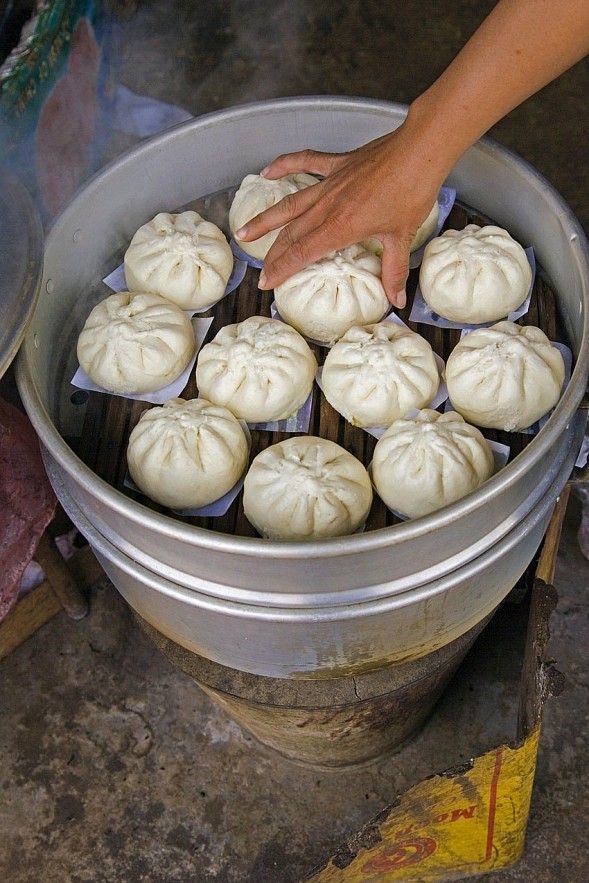 |
| Bánh bao are steamed buns with a savory filling. Photo: Getty Images |
Top tips for trying street food in Vietnam
Street food like summer rolls are sold by the piece or by the amount. Vendors will often ask whether you want 15,000d or 20,000d worth; both equate to less than US$1, so if in doubt, just nod and let them go with the default. Food safety awareness is generally good in Vietnam, but the extent to which the chefs and servers who touch your food observe good practice obviously ranges enormously. Smaller street food stalls are purposely designed to be packed up and moved at a moment’s notice, with limited access to water, electricity and sanitation.
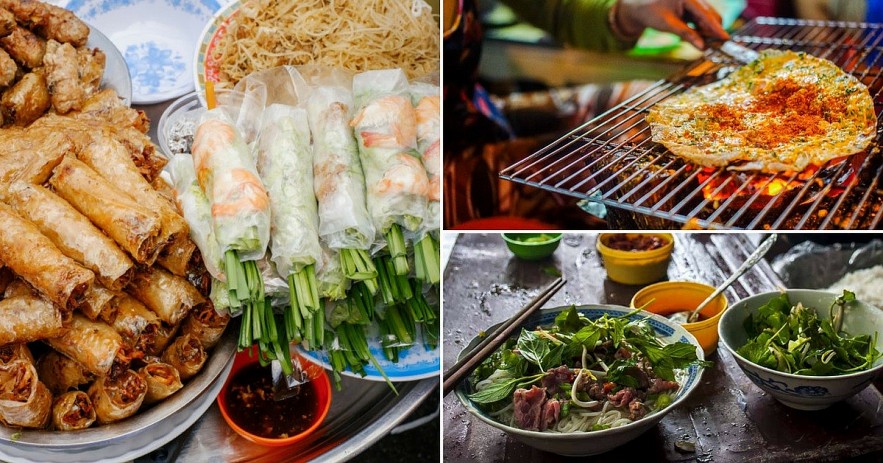 |
| Vietnamese Street Food That Are Just To-Die-Pho. Photo: Klook |
There are a few things to keep in mind if you want to avoid getting sick from food:
- Eat where and when others are dining -a high volume of customers means food gets changed over fast, leaving less time for contaminants to accumulate. It also implies that ingredients are updated more frequently.
- Be observant - Take a glance around the kitchen and see whether the oil is clear if there are fly nets, and if the food smells fresh. Examine how the vendor transitions from handing food to managing money.
- Clean the silverware - numerous hands will have rummaged in the cutlery container over the day, so wipe them down with sanitizer and a napkin before eating.
- Eating fruit and vegetables - any fruit with inedible skin (watermelon, mango, banana) is typically good; all other fruits should be well washed before consumption. While not washed correctly, fresh herbs, sprouts, and lettuce may retain residues of pesticides (or worse); if eating soup, you may always request that they be dipped in hot water before being loaded into your bowl - ask for "tráng" while pointing to the vegetables and making a dipping gesture.
- Using ice in your drink - ice used in cities is often safe, especially if it comes in uniformly formed cubes or cylinders, indicating that it was manufactured (these typically use treated water). Strangely shaped ice shards have been broken from a larger block and should be handled with caution or avoided entirely.
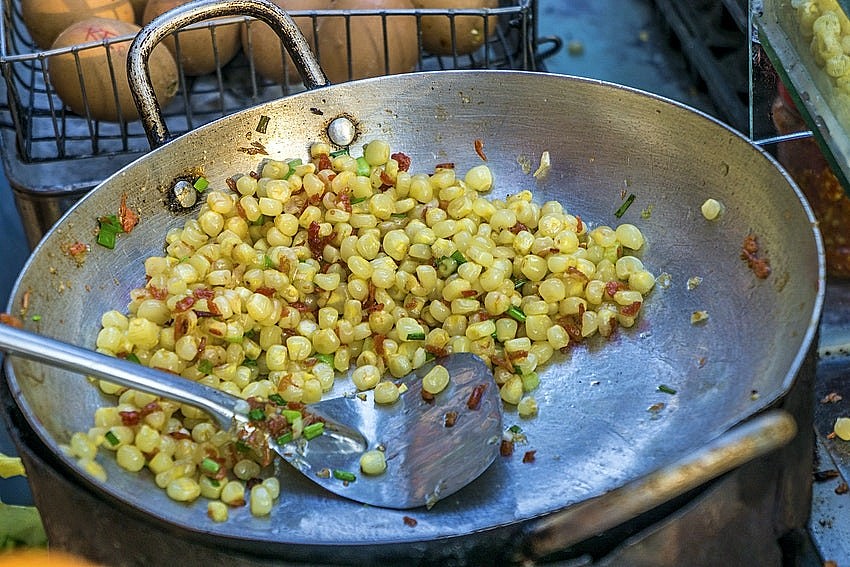 |
| Bắp xào is wok-fried corn. Photo: Shutterstock |
| Eat Vietnam, a new book from Lonely Planet provides a comprehensive guide to the diverse cuisine culture of Vietnam. This excerpt from Eat Vietnam, by Barbara Adam and James Pham, enables you to explore the wonderful diversions Vietnamese cuisine offers, helping travelers get the most out of their gastronomic experience, from must-try specialties to etiquette and vital terminology. |
 | 10 Specialties of Nam Dinh's Winter Cuisine Banh mi in Do Quan bridge, noodles with deep-fried pork lard in Ngo Ngang market and sticky rice with char siu are most loved in ... |
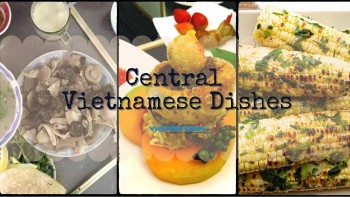 | 3 Central Vietnamese Dishes That You Will Love It is so difficult to narrow down the many Vietnam food options available throughout the country. If you're wondering what to eat in Central Vietnam, ... |
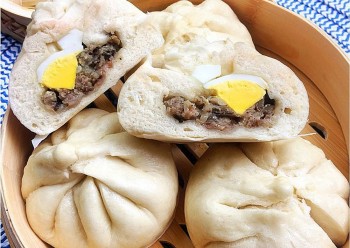 | Lonely Planet: The Best and Delicious Street Food You Can Find In Vietnam Street food is a cultural staple in Vietnam, with many varieties, dishes, and types made from the most simple, yet delicious ingredients. The list of ... |
Recommended
 Expats in Vietnam
Expats in Vietnam
Look Forward to New Developments in Vietnam - US Relations
 Expats in Vietnam
Expats in Vietnam
Doseba Tua Sinay's Dedication to Vietnam's Children
 Expats in Vietnam
Expats in Vietnam
The Swede Who Fell in Love with Hoi An
 Expats in Vietnam
Expats in Vietnam
International Tourist Visit Tam Bao Pagoda (Da Nang) to Seek Tranquility and Happiness
Popular article
 Expats in Vietnam
Expats in Vietnam
Enticing Passion for Vietnam
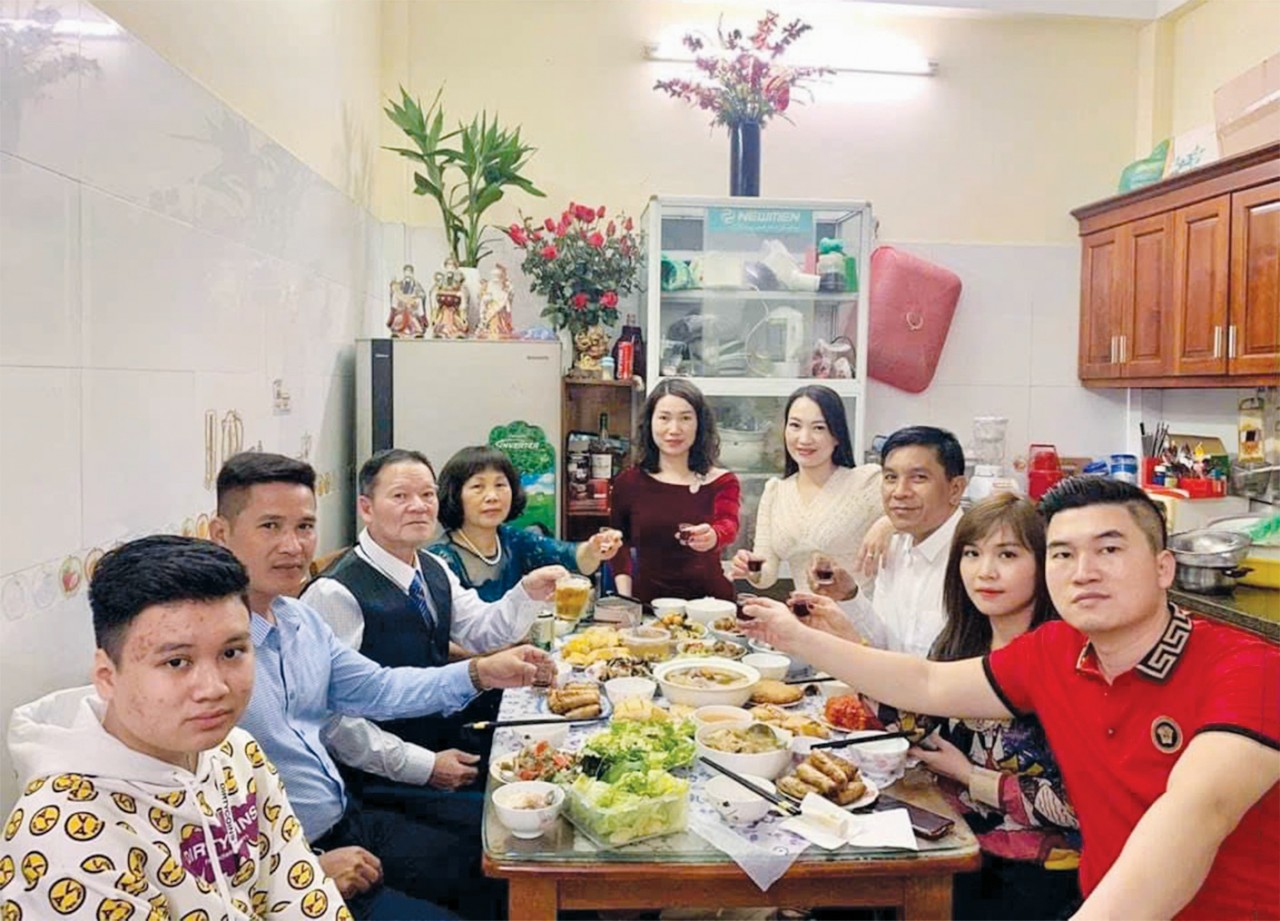 Expats in Vietnam
Expats in Vietnam
Tet Through the Eyes of Foreign Visitors
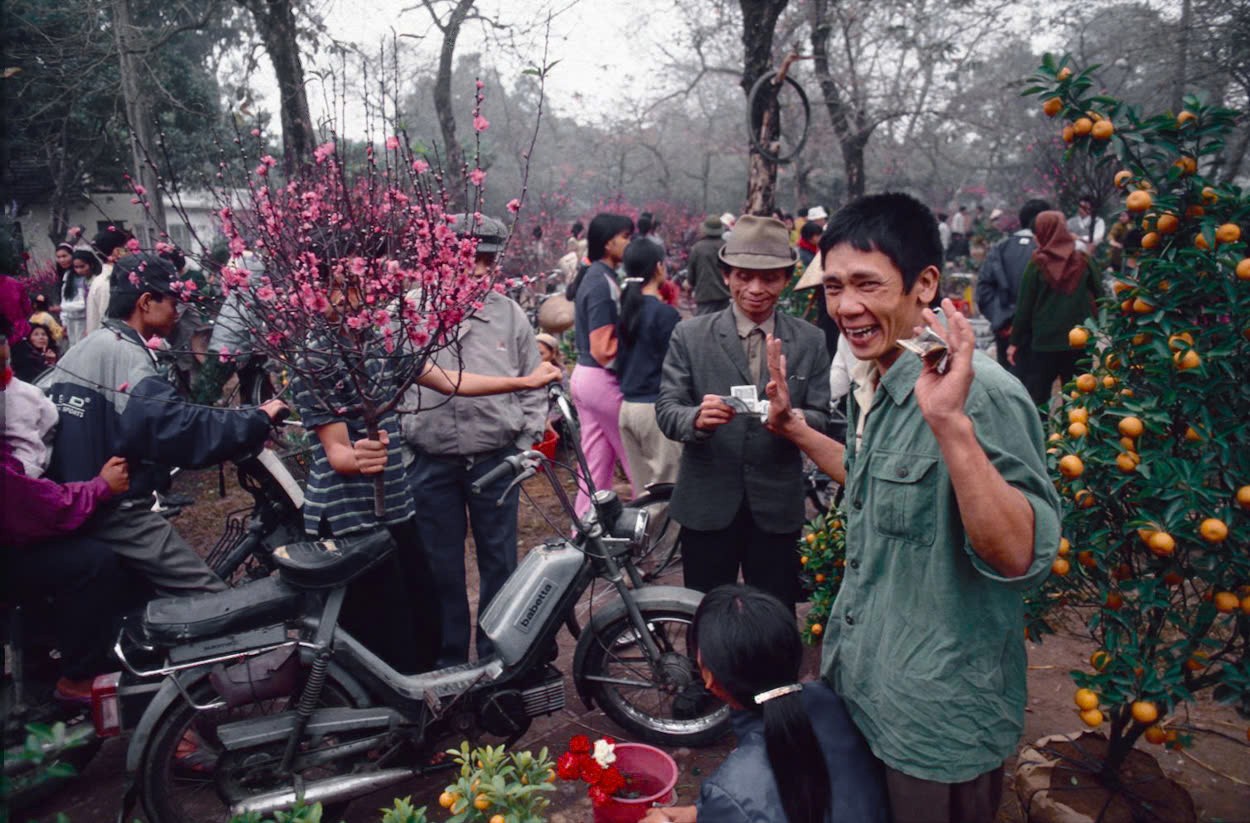 Focus
Focus
Memories of Traditional Tet through the Lens of British Photographer
 Multimedia
Multimedia







